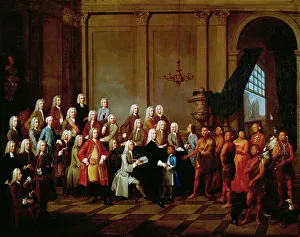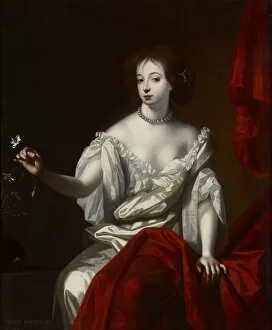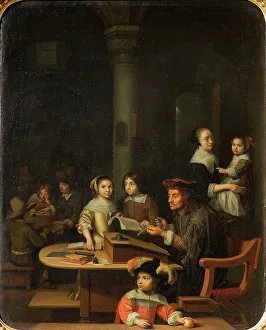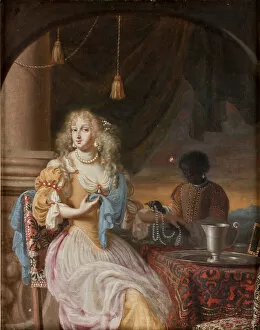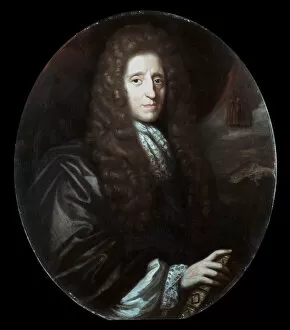Verelst Collection
Verelst: A Master of Capturing History and Beauty Step into the world of Verelst
All Professionally Made to Order for Quick Shipping
Verelst: A Master of Capturing History and Beauty Step into the world of Verelst, a renowned artist whose brush strokes brought to life some of the most captivating portraits and scenes from history. From his iconic "Portrait of Nell Gwyn" to his depiction of the esteemed "Georgia Trustees, " Verelst's artistry transcends time. In his masterpiece, "Group of flowers, " painted before 1721, Verelst showcases his ability to capture nature's delicate beauty with vibrant colors and meticulous details. Each petal seems to dance on the canvas, whispering secrets only flowers can tell. But it is not just flora that captivates Verelst; he also immortalizes influential figures like John Locke, an English philosopher whose ideas shaped our understanding of human rights. With every stroke, Verelst brings forth Locke's wisdom and intellectual prowess. Venturing further into history, we encounter Mohawk chiefs such as Etow Oh Koam and Sa Ga Yeath Qua Pieth Tow. Through their piercing gazes and regal attire depicted in oil on canvas by Verelst's skilled hand, these leaders come alive once more – guardians of their nations' legacies. Verelst's talent extends beyond individuals; he captures moments too. In "Herring-Eater Herring Eater seated man cleans, " he freezes time as a humble figure indulges in a simple meal – a glimpse into everyday life during that era. Among his subjects are also queens like Mary of Modena - her grace radiating through each brushstroke signed by Simon Verelst himself. And let us not forget James Edward Oglethorpe, founder of Georgia - portrayed with strength befitting an English soldier who dedicated himself to philanthropy. Lastly, Tee Yee Neen Ho Ga Row stands tall as an Iroquois Sachem in another remarkable painting by Verelst from 1710.

